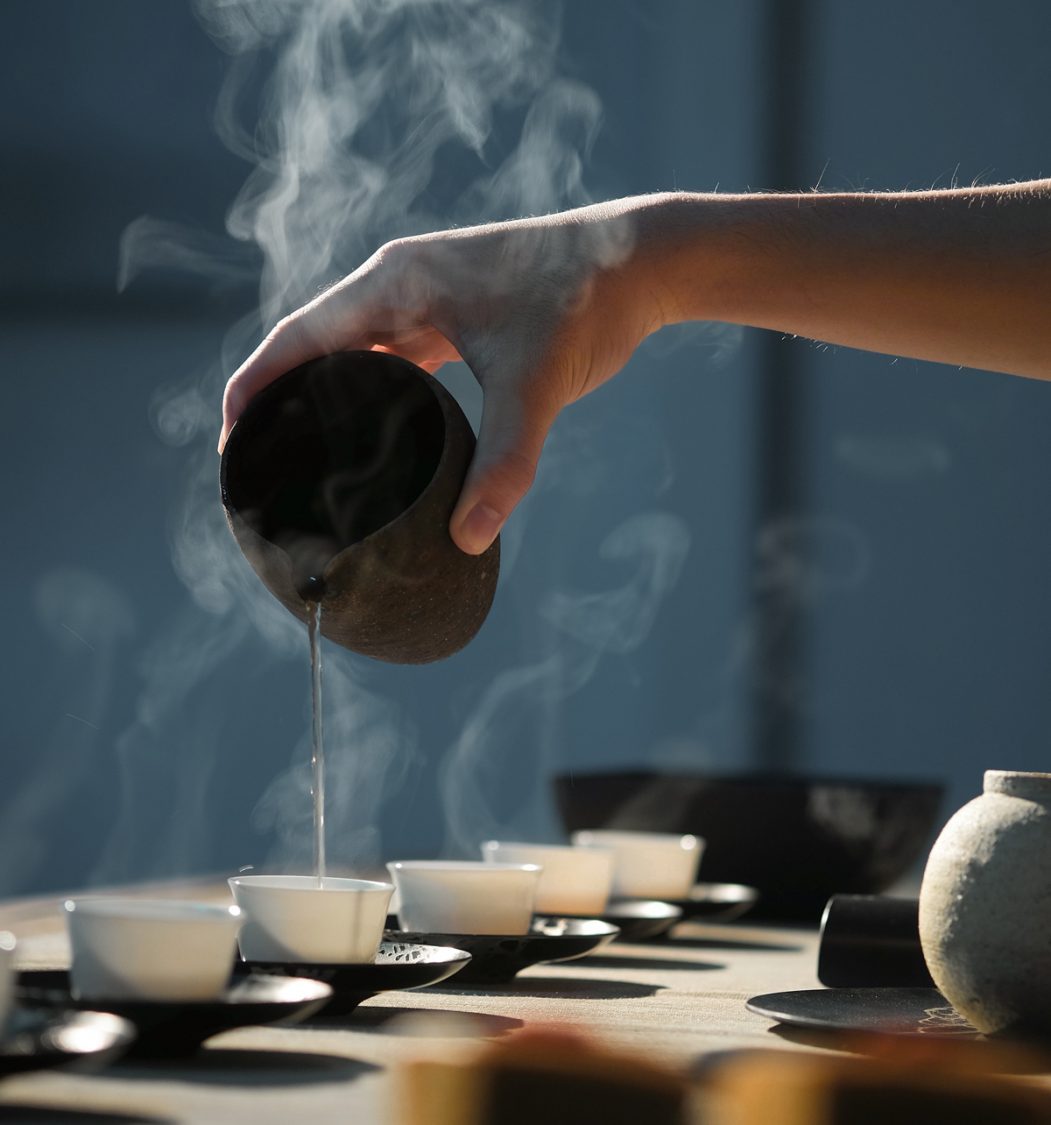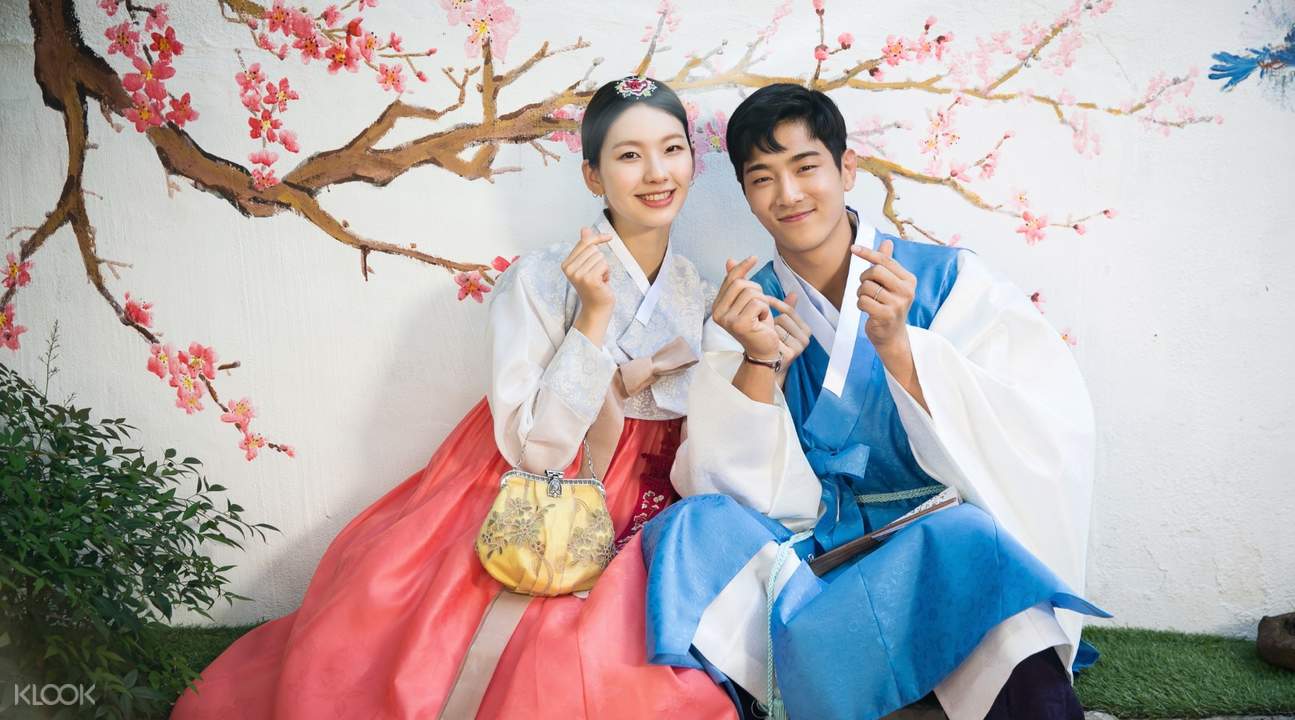Annyeonghaseyo, yeoreobun~!
Busan is well-known for its beaches and seafood, but do you know that there is actually a nice variety of museums and art galleries for you to explore and discover! Being an art & history lover myself, here are some of the top museums author is aiming to go to! 😉
Busan Museum (부산박물관)
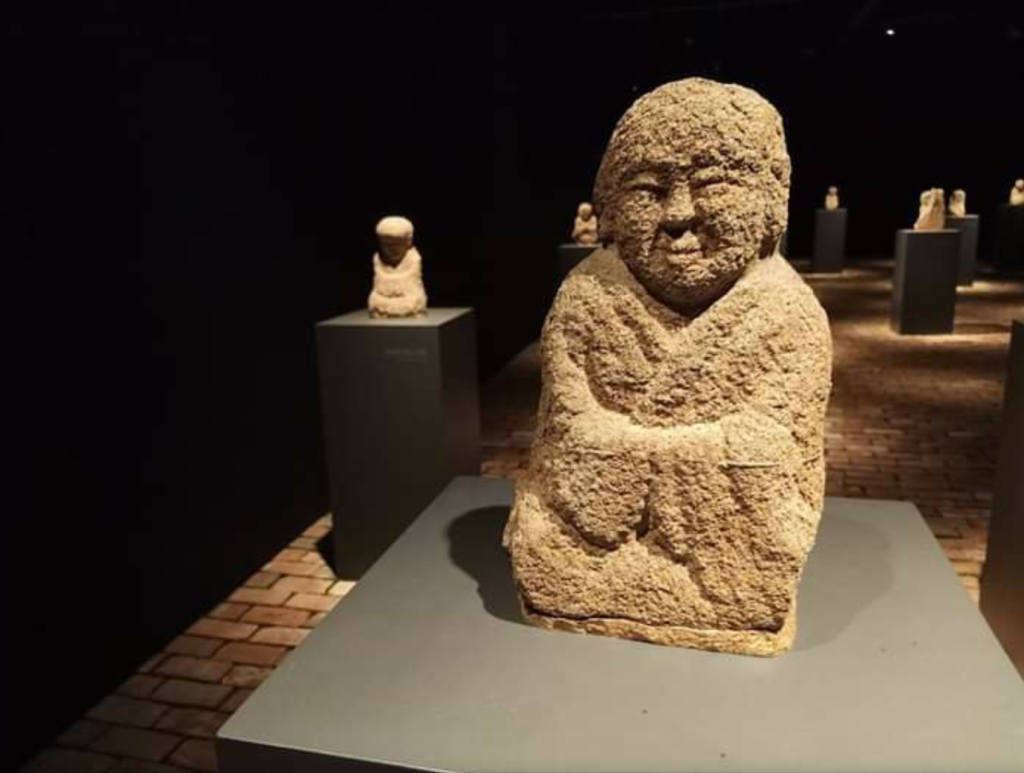
The Busan Museum has taken on a leading role in preserving the city’s traditional culture by housing a variety of relics obtained through numerous excavation efforts and private donations. The wide array of artifacts are distributed across 7 exhibitions rooms and 3 floors, illustrating the city’s history from as early as the prehistoric era to the present day. Don’t miss the Buddhist statues and pagodas at the Outdoor Exhibition Stall, and be sure to stop by the Cultural Experience Hall to participate in a Korean tea ceremony or try on a hanbok, the country’s national dress. (You can click on the links for further details that were introduced earlier on!)
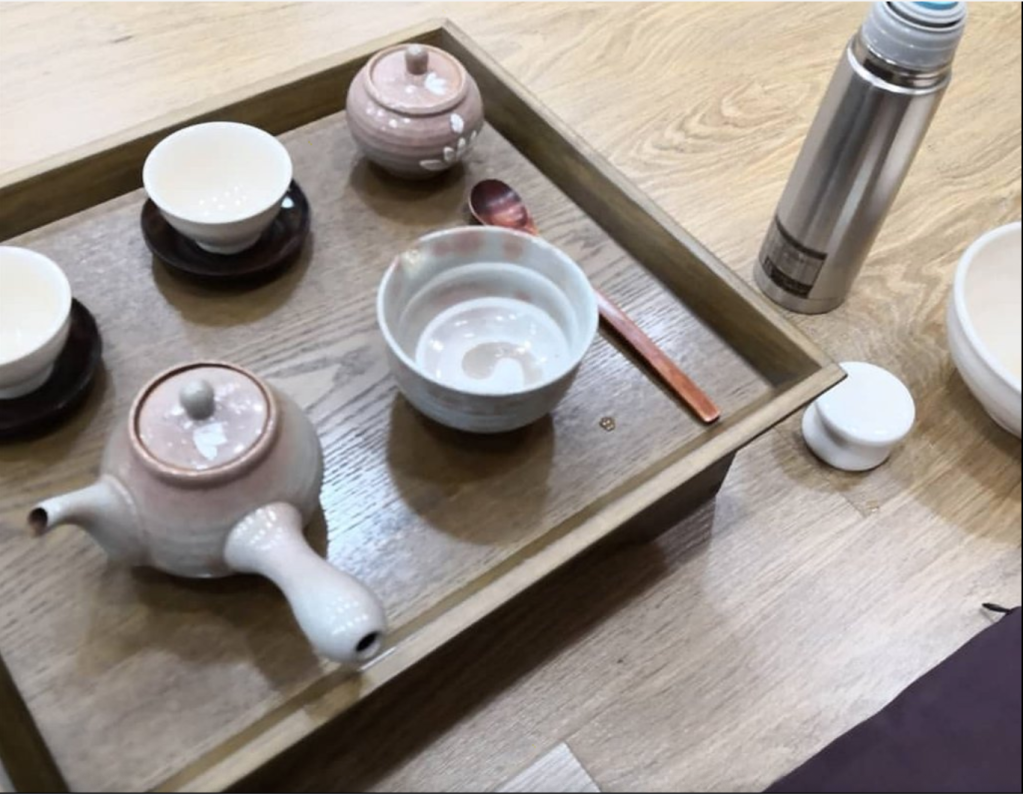
Even though the museum is closed now, people can now access its virtual tour on its website http://museum.busan.go.kr/busan/onlinemuseum !
Busan Museum of Art

Art enthusiasts (like author) should definitely pay a visit to the Busan Museum of Art. Situated in U-dong, the museum was established to increase awareness of the art and culture of Busan and its citizens, and to provide a space for fostering an artistic community. This is demonstrated in its vast collection of art that encompasses a variety of genres. In addition to housing the works of local artists, international exhibitions are also constantly on display, the most recent being one centered around the works of Andy Warhol.

National Maritime Museum (국립해양박물관)
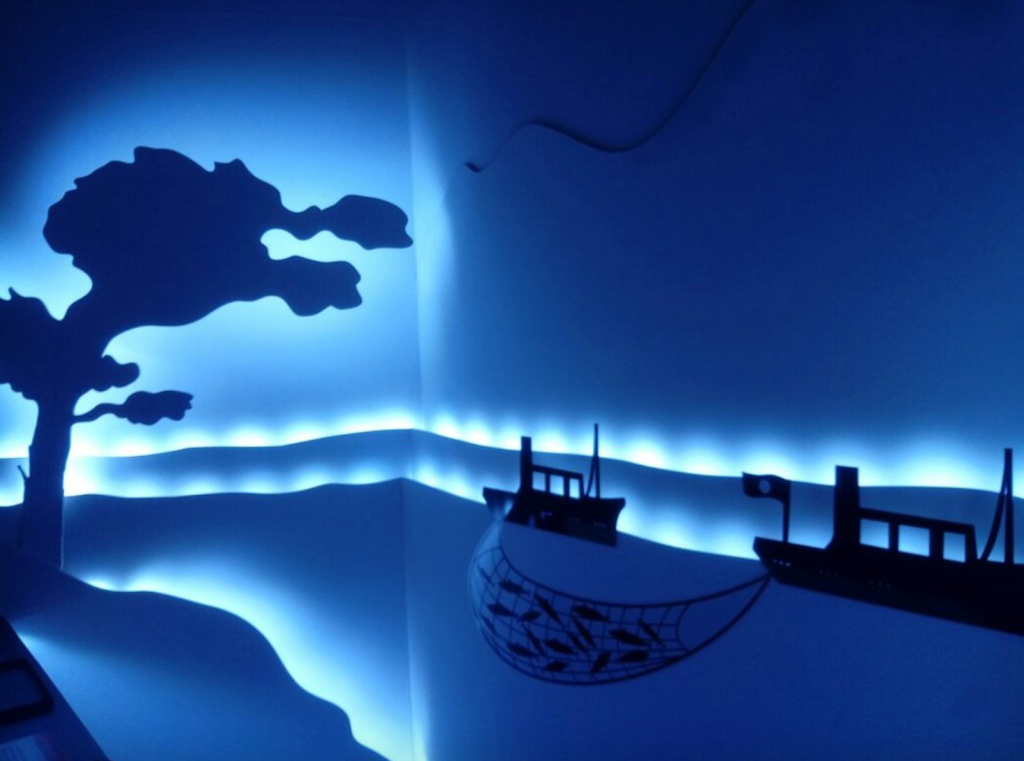
As Busan is the largest port city in South Korea and the world’s fifth busiest seaport by cargo tonnage, it’s easy to recognize why the sea is so important to the city’s citizens. The exhibitions at the National Maritime Museum illustrate all aspects of marine and ocean life, from the creatures of the sea to the history of the city’s maritime industry. Do you know that the museum also boasts a library, aquarium, performance stage, and a 4D theatre?! This offers something for all ages, and you can easily reach the place via the free shuttle that runs from Busan Station.
By the way, do you know that there are robot fishes permanently displayed at this museum? Try to capture it (with your camera lens) when you are there!

As there are too many museums to recommend in Busan, author will leave them for the next post to further elaborate on them. ‘Til the next time, take care and stay safe! Annyeong!

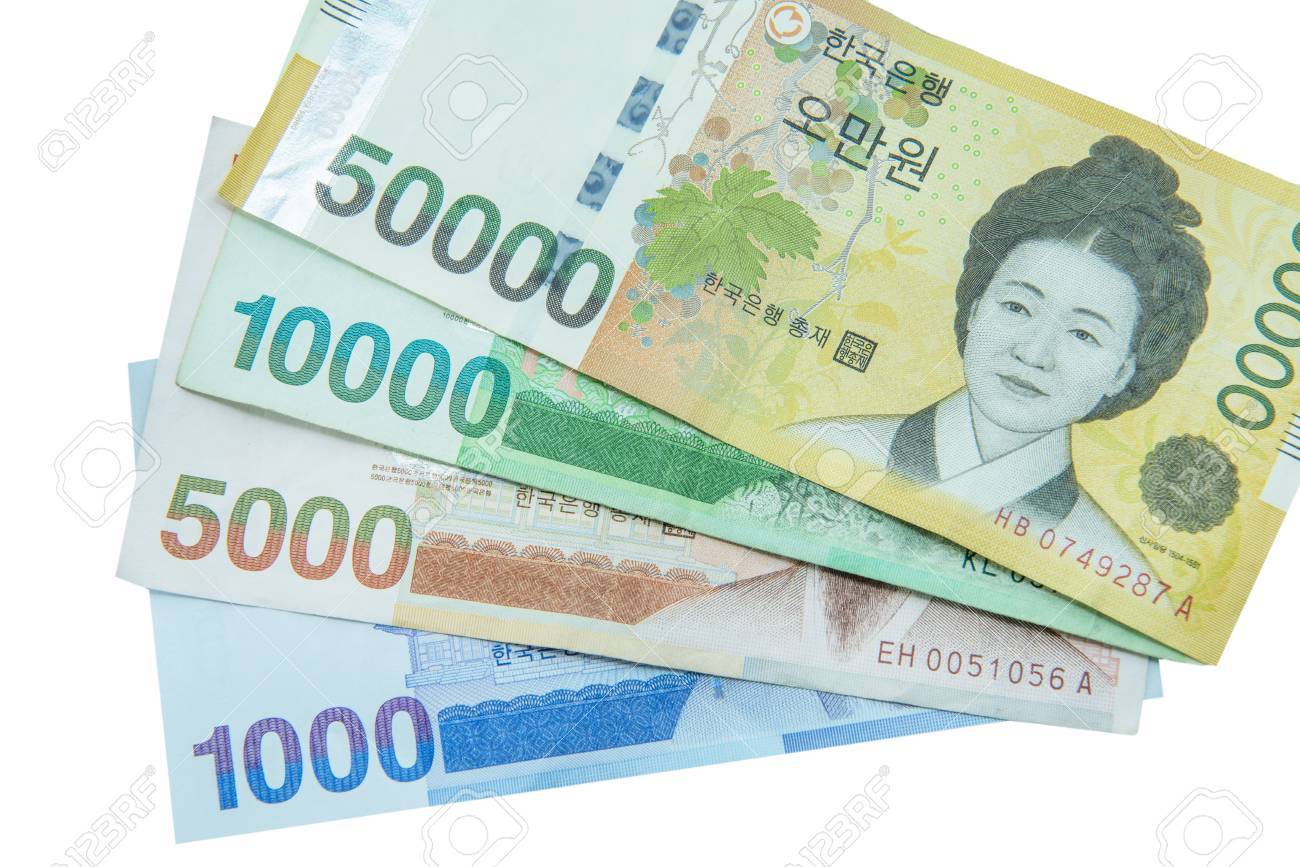



 Image credit to Soh Zhau Wan (2016)
Image credit to Soh Zhau Wan (2016) Image credit to Soh Zhau Wan (2016)
Image credit to Soh Zhau Wan (2016)


